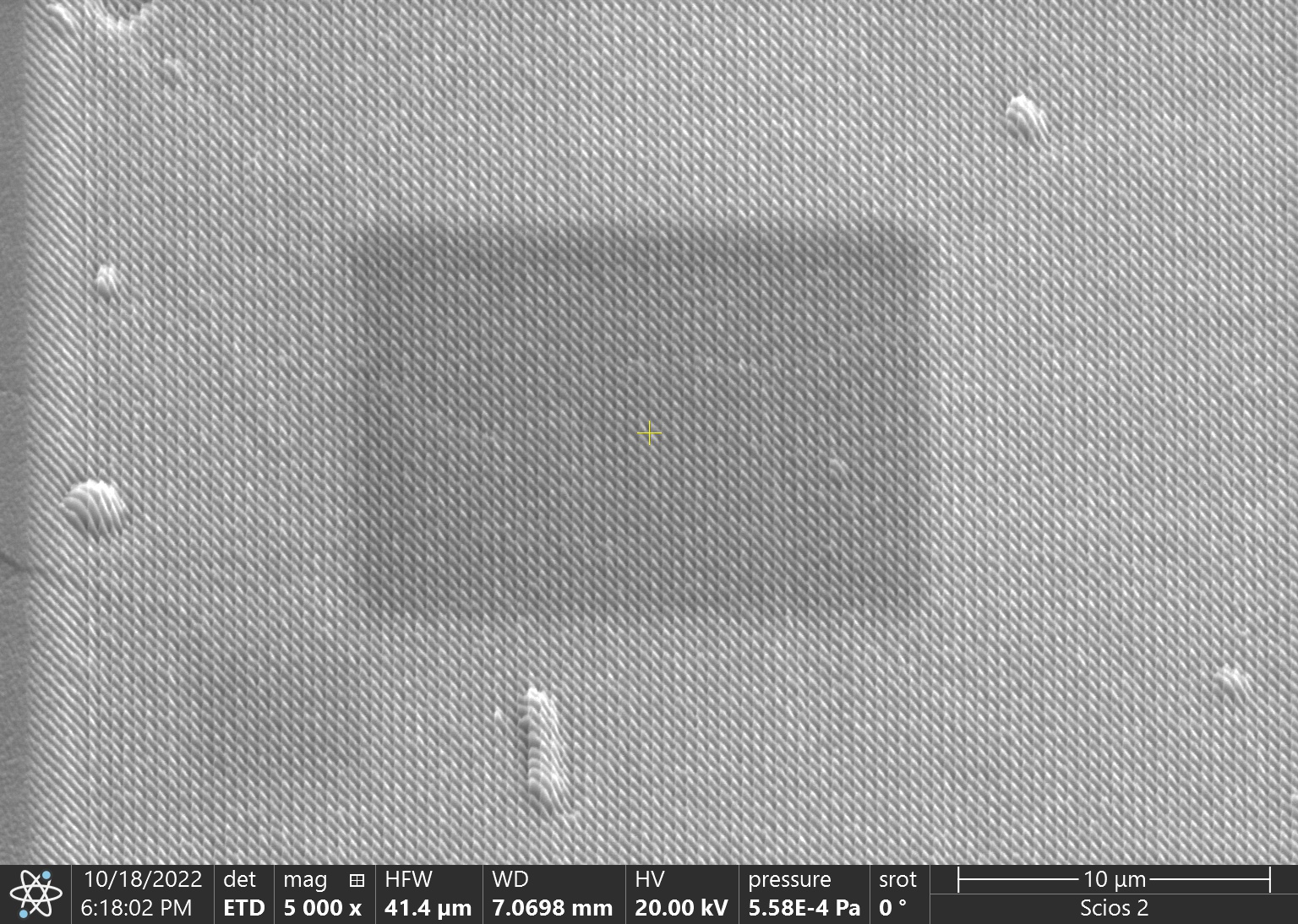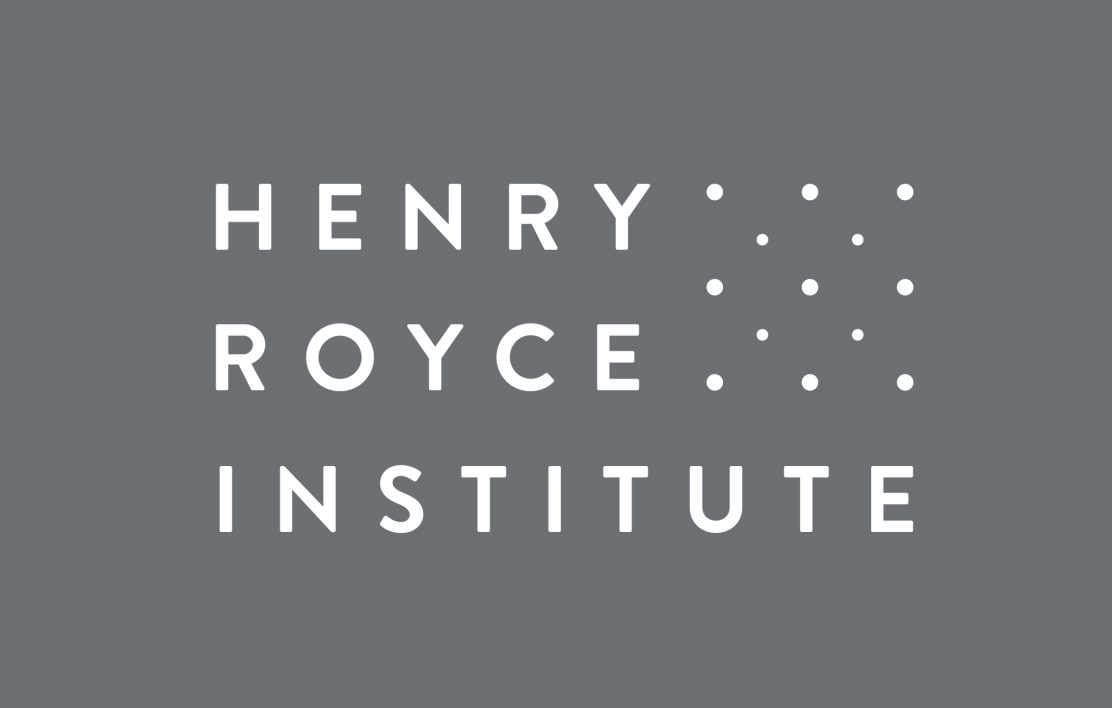 High-contact surfaces such as door handles, worktops and bedframes can be major transmission points for bacteria and other pathogens, which the SARS-CoV-2 pandemic has highlighted. The increase in drug-resistant bacteria is also a growing danger, especially in hospitals. Surface coatings that can kill drug-resistant bacteria will help to lower the number of infections and minimise the use of antibiotics. This will reduce healthcare costs and improve public health.
High-contact surfaces such as door handles, worktops and bedframes can be major transmission points for bacteria and other pathogens, which the SARS-CoV-2 pandemic has highlighted. The increase in drug-resistant bacteria is also a growing danger, especially in hospitals. Surface coatings that can kill drug-resistant bacteria will help to lower the number of infections and minimise the use of antibiotics. This will reduce healthcare costs and improve public health.
Researchers from Imperial College London and Sheffield Hallam University are collaborating to develop durable antimicrobial surfaces for hospitals and public spaces. The team received £1.6M funding from EPSRC to develop unique materials and establish routes for commercial manufacturing of novel biomimetic surfaces capable of killing pathogens through a combination of photocatalytic and micromechanical means.
The challenge is making durable antimicrobial surfaces that will not lose effectiveness over time. Our researchers are investigating the surfaces at the Henry Royce Institute that are made from ultrahard coatings that have been patterned on the nanoscale in a metamaterial array. Inspired by nature, these nano-structured materials will be able to kill bacteria while withstanding the wear and tear of daily use.
Our researchers are using the nano-fabrication and characterisation equipment in the Royce Cleanroom to make these nano-patterned surfaces and optimising their design to maximise antimicrobial efficiency.

Henry Royce Institute
Looking for PhD Opportunities?
Find out more about studying a postgraduate degree in the Department of Materials at Imperial College London.